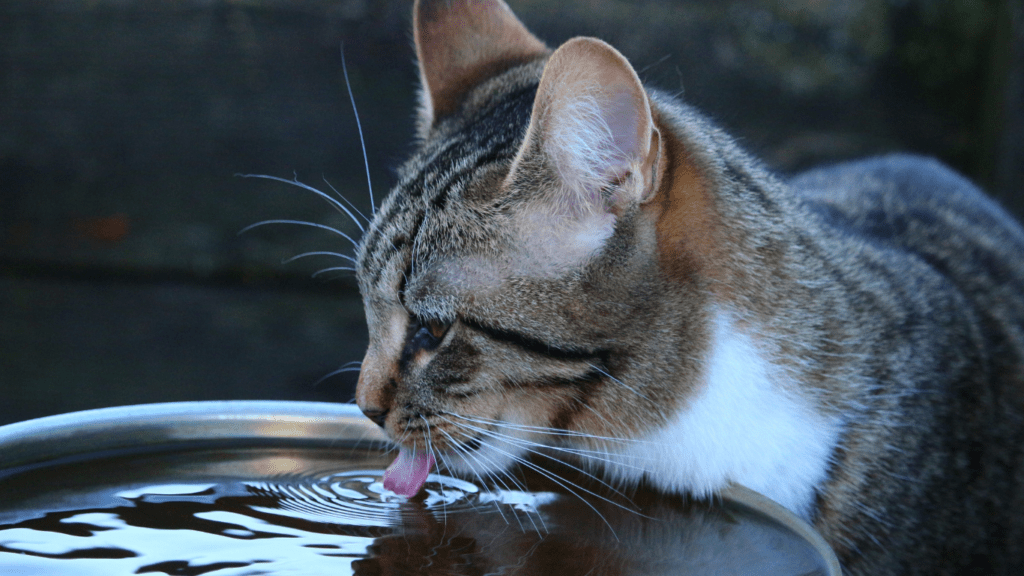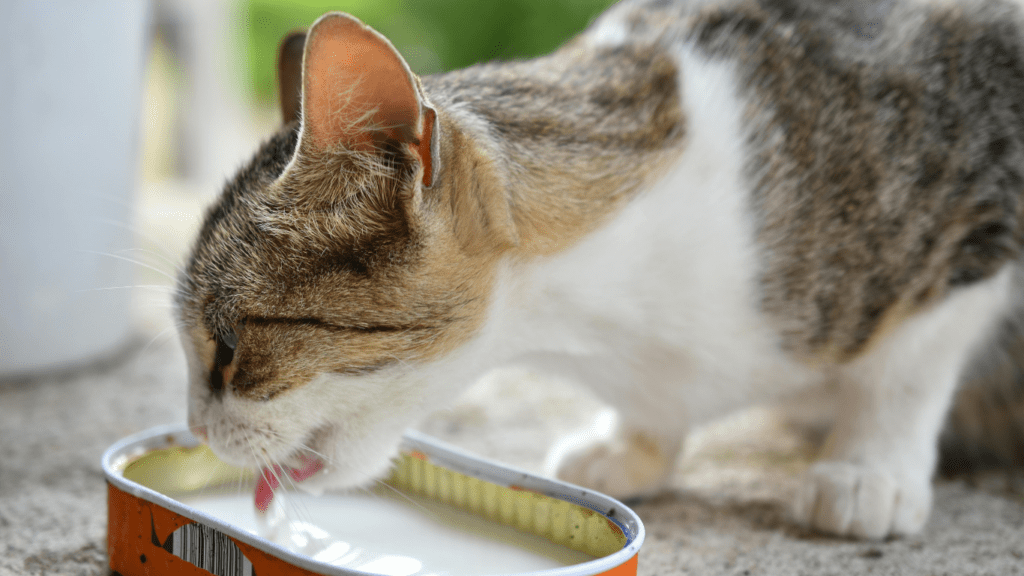As a pet owner, ensuring your furry companion stays hydrated is crucial for their overall well-being. But do you know exactly how much water your pet needs to stay healthy and happy? In this article, I’ll delve into the importance of hydration for pets and provide valuable insights on determining the right amount of water intake for your beloved animal.
Proper hydration is key to maintaining your pet’s health, as it plays a vital role in various bodily functions, from regulating body temperature to aiding digestion. Understanding the specific water requirements of your pet based on factors like size, breed, and activity level is essential in promoting optimal hydration.
Join me as we explore the significance of keeping your pet hydrated and uncover practical tips to ensure they are getting enough water to thrive. Let’s dive into the world of pet hydration and learn how to best care for our four-legged friends.
Understanding Hydration for Pets
Hydration is crucial for pets’ overall well-being as it helps regulate body temperature and aids in digestion. As a pet owner, I recognize the importance of understanding my pet’s specific water requirements.
Factors like size, breed, and activity level play a significant role in determining how much water my furry friend needs.
To ensure that my pet thrives and stays healthy, I make sure to provide clean and fresh water at all times. It’s essential to monitor my pet’s water intake and adjust it based on any changes in their routine or environment.
By staying informed about my pet’s hydration needs, I can take the necessary steps to care for my four-legged companion and promote their well-being.
Factors Affecting Your Pet’s Hydration Needs
I’ll delve into the key factors that influence how much water your pet requires to stay properly hydrated.
Temperature
Hot weather and increased temperatures can lead to higher water needs for your pet. On warm days, make sure to provide ample fresh water to prevent dehydration.
Activity Level
The more active your pet is, the more water they’ll need to replenish what’s lost through panting and sweating. Adjust their water intake based on their exercise routine to keep them hydrated.
Size and Breed
Smaller pets generally need less water compared to larger breeds due to their size and metabolic rate. Some breeds are more prone to certain health conditions that may require increased hydration levels. Be mindful of these differences and adjust water availability accordingly.
Signs of Dehydration in Pets
Recognizing the signs of dehydration in pets is vital for ensuring their well-being. Dehydration can have serious consequences for your furry companion, so staying alert to the following indicators is crucial. Keep an eye out for these key signs that may indicate your pet is dehydrated:
- Lethargy: If your pet is unusually tired or lacking energy, it could be a sign of dehydration.
- Sunken Eyes: Dehydration can cause your pet’s eyes to appear sunken or dull.
- Dry Gums and Nose: Check your pet’s gums and nose – if they are dry instead of moist, dehydration might be a concern.
- Loss of Skin Elasticity: Gently lift the skin on the back of your pet’s neck – if it doesn’t quickly return to its normal position, dehydration could be present.
- Decreased Urination: A noticeable reduction in the frequency of urination could indicate dehydration in your pet.
If you notice any of these signs in your pet, it’s essential to address their hydration needs promptly to prevent any potential health issues. Regular access to clean, fresh water and monitoring your pet’s water intake are key practices to avoid dehydration and promote your pet’s overall health and well-being.
General Guidelines for Water Intake in Pets
Ensuring proper hydration for pets is vital to their overall health and well-being. Factors such as size, breed, activity level, and health conditions play a crucial role in determining the amount of water each pet needs.
Monitoring their water intake and making adjustments based on their routine and environment are essential practices.
Recognizing the signs of dehydration in pets is key. Symptoms including lethargy, sunken eyes, dry gums and nose, loss of skin elasticity, and reduced urination indicate a lack of adequate water intake.
Addressing these signs promptly by providing access to clean, fresh water and monitoring their intake can help prevent health issues and promote their overall well-being effectively.


 Elena Palen is an integral part of the team behind Animal Potty Care, contributing her knowledge in pet travel care and innovative solutions for on-the-go potty training. Elena’s attention to detail ensures that pet owners have access to reliable, practical tips for keeping their pets comfortable during trips. Her contributions to the platform help make travel with pets a seamless experience, providing users with creative solutions and advice to maintain their pets’ routines while on the move.
Elena Palen is an integral part of the team behind Animal Potty Care, contributing her knowledge in pet travel care and innovative solutions for on-the-go potty training. Elena’s attention to detail ensures that pet owners have access to reliable, practical tips for keeping their pets comfortable during trips. Her contributions to the platform help make travel with pets a seamless experience, providing users with creative solutions and advice to maintain their pets’ routines while on the move.